Model Organisms

Model Organisms Walkabout

Model Organisms Peculiar Creatures Big Discoveries Morgridge Institute For Research

Ppt Genetic Model Organisms Powerpoint Presentation Free Download Id
Q Tbn 3aand9gcr9tj4jic9l3flxeur Nod6xnz0x9vlhjhmas3ohva I9vh79wm Usqp Cau

Model Organisms Infographic Vividbiology

Of Mice And Model Organisms Cold Spring Harbor Laboratory
Why choose to study a model organisms instead of the organism of interest?.

Model organisms. How accessible is the egg and embryo for observation (use the opaque nematode worm) & manipulation?. Many inbred strains exist, as well as lines selected for. Biological consideration - is the organism suited to the type of study?.
Examples of model organisms for which a sharing plan is expected when new, genetically modified organisms are developed is posted on the NIH Model Organism for Biomedical Research Web site as a brochure. Authors Malene Hansen 1 , David C Rubinsztein 2 3 , David W Walker 4 5 Affiliations 1 Sanford Burnham Prebys Medical. Model organisms are species that are extensively studied to understand biological phenomena that provide insight into the functions of other organisms.
Feature Article Mar 25, 15. The NIH POLICY ON SHARING OF MODEL ORGANISMS FOR BIOMEDICAL RESEARCH was published in the NIH Guide on May 7, 04. 1 Model organisms are in vivo models and are widely used to research human disease when human experimentation would be unfeasible or unethical.
It is the most widely used organism in molecular. Let us take the example of drugs that are available in the. When choosing a model organism what must we consider?.
Information about national and international activities and major resources that are being developed to facilitate biomedical research using mammalian and nonmammalian models that include mouse, rat, yeast, amoebae, yeast, round worm, fruit fly, zebrafish, and frog. Model Organisms Readings (chapter 1) Course 281 Introduction to Molecular Biology 2. African clawed frog, roundworm, zebrafish, axolotl, naked mole rat, mice, cuttlefish, fruit fly.
Coli), which has been intensively investigated for over 60 years.It is a common, gram-negative gut bacterium which can be grown and cultured easily and inexpensively in a laboratory setting. Each chapter is written by a well. We have made tremendous advancement in the field of biology and medicine in the last century.
For example, they may have particularly robust embryos?. Drosophila melanogaster is one of the most important model organisms used to study human diseases, physiology and genetics. What are model organisms?.
In this blog post, we’ll cover five popular model organisms, but there are many more out there. Many laboratories find it useful to perform parallel experiments in two or more model systems to understand different aspects of a biochemical process. Takifugu rubipres, a pufferfish - has a small.
2 Here I will focus on one of the premier model systems for genetics, the fruit fly Drosophila melanogaster (Fig. Many of the model organisms in genetics, such as zebra-fish (Danio rerio) and the nematode Caenorhabditis elegans, have been adopted for sleep studies because they are highly suited to the forward genetics approach. Model organism / model genetic organism.
They are usually organisms that are easy to maintain and breed in a laboratory setting. Many types of bacteria divide rapidly, grow in simple and easy to prepare media. Besides its obvious importance for the agriculture and food industries, the chicken is a key model for studying embryonic development and the role of viruses in cancer.
Model Organisms for Ecological and Evolutionary Research Alex Córdoba-Aguilar Abstract. LATEST POSTS Shanghai Model Organisms Center Inc has licensed CRISPR-Cas9 technology from Broad Institute. Model Organisms for Biomedical Research Share:.
The term “model organism” includes mammalian models, such as the mouse and rat, and non-mammalian models, such as budding yeast, social amoebae, roundworm, Arabidopsis, fruit fly, zebrafish, and frog. Model organisms do not have mammary glands to follow understand this disease. Autophagy as a promoter of longevity:.
A model organism is a non-human species that is studied to understand biological processes, with the expectation that discoveries made in the organism model will provide insight into the workings of other organisms. This is an extension of NIH policy on sharing research resources, and reaffirms NIH support for the concept of sharing. An organism suitable for studying a specific trait, disease, or phenomenon, due to its short generation time, characterized genome, or similarity to humans.
Model organism a laboratory organism that has many advantages for experimental research. Another model organism currently in the NHGRI-supported sequencing pipeline is the chicken. Zebrafish as a model organism:.
A model organism is one which is studied to further our understanding of biological processes. • Present the most important model organisms. The Model Organisms Screening Center (MOSC) for the Undiagnosed Diseases Network (UDN) is composed of two Centers that use fruit fly (Drosophila melanogaster), nematode worm (Caenorhabditis elegans) and zebrafish (Danio rerio) genetics and biology to tackle rare and undiagnosed diseases.
• Introduce models organisms. Some model organisms used in research. Typical characteristics of model organisms include developing to maturity rapidly, the ability to be easily manipulated, having a short life span, producing a large number of offspring and to having a sequenced genome, in addition to being well understood.
Insights from model organisms Nat Rev Mol Cell Biol. Mammalian and Non Mammalian Model Organisms. Factors such as its ability to grow fast using cheap media and availability of.
In the current scientific view, all living organisms can be. Pathway analysis of genes involved in tissue and organ growth helps build a framework for evolution and developmental biology while pharmaceutical studies lead to the discovery of novel drug targets and a better understanding of mechanism of action. Since this is a love letter to flies and flies are animals, I will tell you a little about other animal models and what they are studied for.
Examples include yeast, fruit flies, worms, zebrafish, and mice. Populus is a genus used as a model in forest genetics and woody plant. Mus musculus (Mouse) Classic model vertebrate;.
Elegans is a useful model organism due to its animal physiological properties, its ability to replicate human diseases and its fast life cycle. Model organisms can be plants, microbes (e.g., yeast) or animals (e.g., flies, fish, worms and rodents), all of which are widely studied and have a genetic makeup that is relatively well-documented and well-understood by scientists. One of the most important findings from fruit flies is the inheritance of chromosomes at the phenotypic level.
VertebratesEdit Dog ( Canis lupus familiaris) - an important respiratory and cardiovascular model Cavius porcellus, the guinea pig Lamprey Mouse ( Mus musculus) - the classic model vertebrate. A model organism is a species that is extensively studied to understand a specific phenomenon, expecting that the knowledge gained can be applied to other species as well. These organisms share many genes with humans, are easily maintained in the lab, and have short generation times that make it easy to study the effects of genetic manipulations.
AIMS • Understand the importance of models in science. Choosing an appropriate model depends on the question being asked. About 90 percent of new drug candidates fail during human clinical trials because they are ineffective (the majority) or unsafe, according to the NIH.
Model Organisms and Manipulation. These creatures can only tell us so much about human biology. Investigators who are applying for a grant or contract and plan to produce new, genetically modified variants of model organisms (including nonhuman mammalian and non-mammalian eukaryotic models) must provide a plan for sharing these organisms and related resources (including materials and data necessary for producing and understanding model organisms).
Many aspects of these organisms’ biology are similar to ours, and much is already known about their genetic makeup. By the wide study in research using model organisms, scientists have and are learning more about how the brain functions and what drives behaviors like eating, sleeping, sex and even aggression. Marchantia polymorpha is a liverwort that is also emerging as a model for plant biology and development.
Physcomitrella patens is a moss increasingly used for studies on development and molecular evolution of plants. This category has the following 22 subcategories, out of 22 total. In its larval stages it is transparent and as it matures to an adult it develops stripes that run along the length of the body and look blue in colour.
Escherichia coli is a rod-shaped (bacillus) Gram-negative bacterium that is frequently used as a model organism. From left to right:. Model organisms are vital tools used by researchers around the globe.
Model organisms have an important place in understanding biology, but there will always be limitations. A model organism (often shortened to model) is a non-human species that is extensively studied to understand particular biological phenomena, with the expectation that discoveries made in the model organism will provide insight into the workings of other organisms. List of Model Organisms - Mammalian and Non Mammalian Model Organisms Characteristics of Model Organism MCQ on Model Organism.
• Present the general characteristics of the model organisms. This book is a collection of nineteen chapters where summaries of major ecological and evolutionary questions have been asked and responded using dragonflies and damselflies as study subjects. The most popular model organisms in biological and biomedical research are the fruit fly Drosophila melanogaster, the zebrafish and the nematode C.
The genomes of these organisms have been mapped and sequenced. Illustration by Charlotte Hu/Cold Spring Harbor Laboratory A subset of research organisms that help us understand human biology are called model organisms or animal models. On Dec 16, 18, Broad Institute and Shanghai Model Organisms Center Inc (SMOC) has entered into a non-exclusive license agreement under which Broad has granted SMOC worldwide rights to commercialize a service platform for genetically modified mouse models under Broad's intellectual property.
A model organism is one that is extensively studied to understand particular biological phenomena, with the expectation that discoveries made in the model organism will provide insight into the workings of other organisms. As I said, the more basic a process is, the more organisms that share it, our options to choose a model are going to be many. Thus in such a situation human subjects are inevitable.
Background on Mouse as a Model Organism December 02. Model organisms are non-human species that are used in the laboratory to help scientists understand biological processes. Lessons for life 3.
In the decades since Morgan began breeding his flies, the model organism approach has. Because model organisms in developmental biology are used for experimental intervention, questions of representation (is the mechanism of zebrafish somite formation a good proxy for the mechanism of vertebrate somite formation?) must be juxtaposed with questions of manipulation (how easily and diversely can zebrafish somite formation be experimentally. The use of zebrafish (Danio rerio) as a model organism began in the 1960s.The zebrafish is a tropical fish native to southeast Asia.
First visualized in 1676 by Anton van Leeuwenhoek, bacteria have been a favorite model organism for biologists ever since. Model organisms, if possible, need to have. A model organism is a non-human species that is extensively studied to understand particular biological phenomena, with the expectation that discoveries made in the organism model will provide insight into the workings of other organisms.
Model organisms are drawn from all three domains of life, as well as viruses.The most widely studied prokaryotic model organism is Escherichia coli (E. Researching these organisms explores the basic biology and chemistry of life. Each model organism has its own advantages and disadvantages.
Model organisms (yeast, bacteria, mouse, fruit fly) Model organisms such as yeast, bacteria, the mouse and the fruit fly are used by researchers to study biological systems. Cost, space requirements, ease of handling and breading of organism. The zebrafish is about 2.5 cm to 4 cm long.
Over the past century, the mouse has developed into the premier mammalian model system for genetic research.Scientists from a wide range of biomedical fields have gravitated to the mouse because of its close genetic and physiological similarities to humans, as well as the ease with which its genome can be manipulated and analyzed. The fly, Drosophila melanogaster, has morphed into a test system to study the inner workings of biology — a model organism. For all these achievements and knowledge, we are indebted to the 'model organisms' that allowed as to peep into the mysteries of life.
It is also used for the study of developmental and cognitive disorders. Model organisms are a small group of research organisms that serve as a proxy for understanding the biology of humans. The common house is most closely related to humans and it is easily kept and bred in the laboratory.
Model Organism Characteristics What is a Model Organism?. The new policy becomes effective with the October 1, 04 receipt date for applications or proposals to NIH. Scientists study model organisms with the aim of understanding biology more broadly, including issues applicable to human health.
There are model organisms of all types, bacteria, other microorganisms, plants and animals.
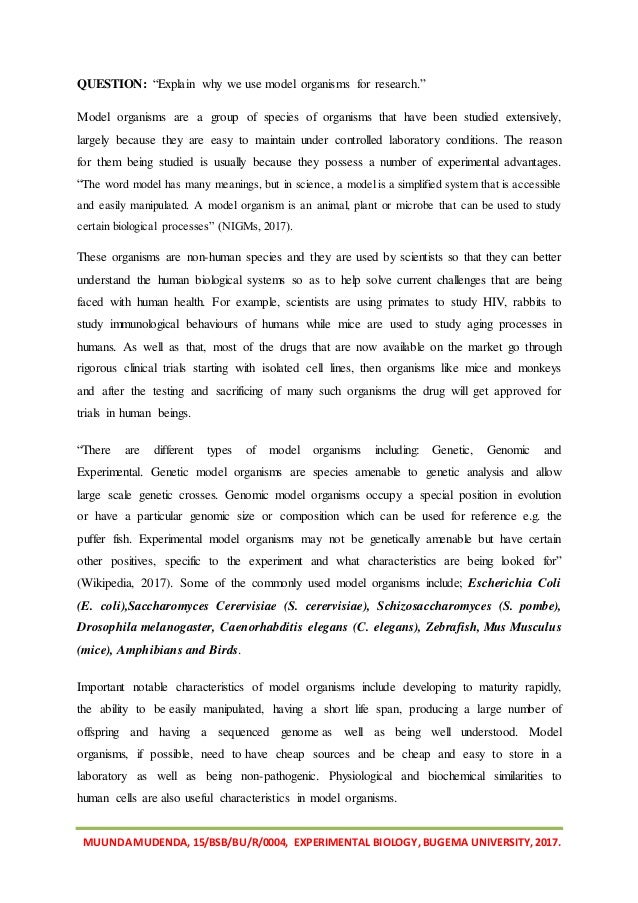
Model Organisms Bugema University
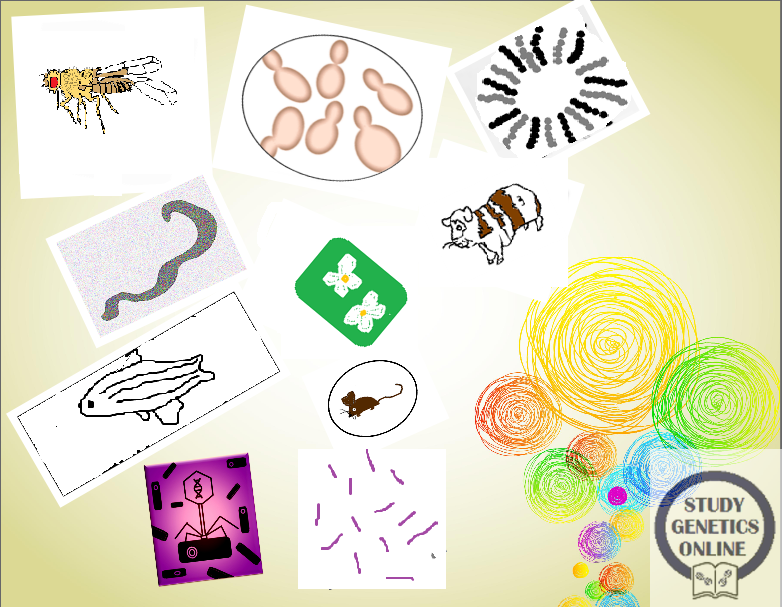
Top 10 Model Organisms
Q Tbn 3aand9gctnfneaqskh5w2ugtjwmm0dpihycup258wq 34tcwa3z50hu38c Usqp Cau

A New World Of Research Possibilities With Emerging Model Organisms Eurekalert Science News

Model Organisms Archives Embl

Model Organisms In Drug Discovery

Pdf Making Designer Mutants In Model Organisms Semantic Scholar

Cell Death Alternative Model Organisms Why And Which Nature Reviews Molecular Cell Biology
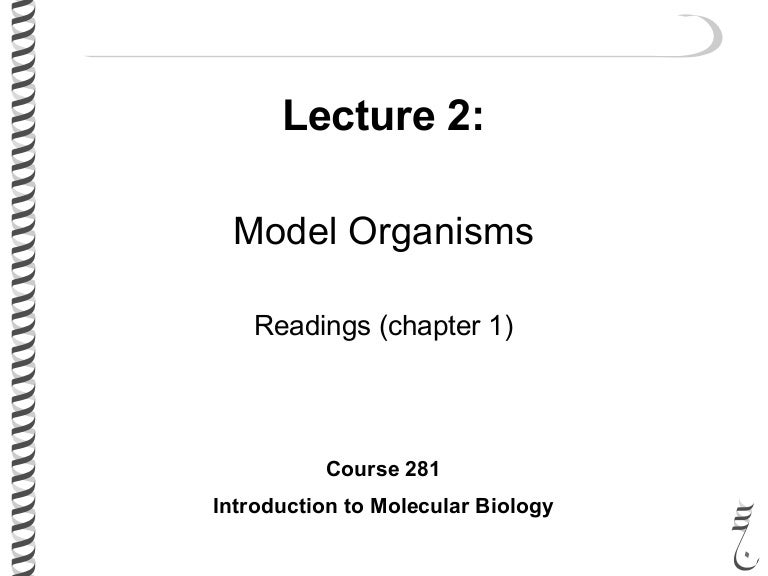
281 Lec2 Model Organisms

Ppt Model Organisms Mice Powerpoint Presentation Free Download Id

Model Organisms Youtube

Model Organism Kirtonsparcle

Invertebrates As Model Organisms For Research On Aging Biology Sciencedirect
2

Model Organisms Organisms And Us University Of Adelaide

Cladocera As Model Organisms In Biology Springerlink

Model Organisms Alexander Disease

Non Model Organisms A Species Endangered By Proteogenomics Sciencedirect

Biology S Search For New Model Organisms Quanta Magazine

Reflection 1 Model Organisms Biochem Insider
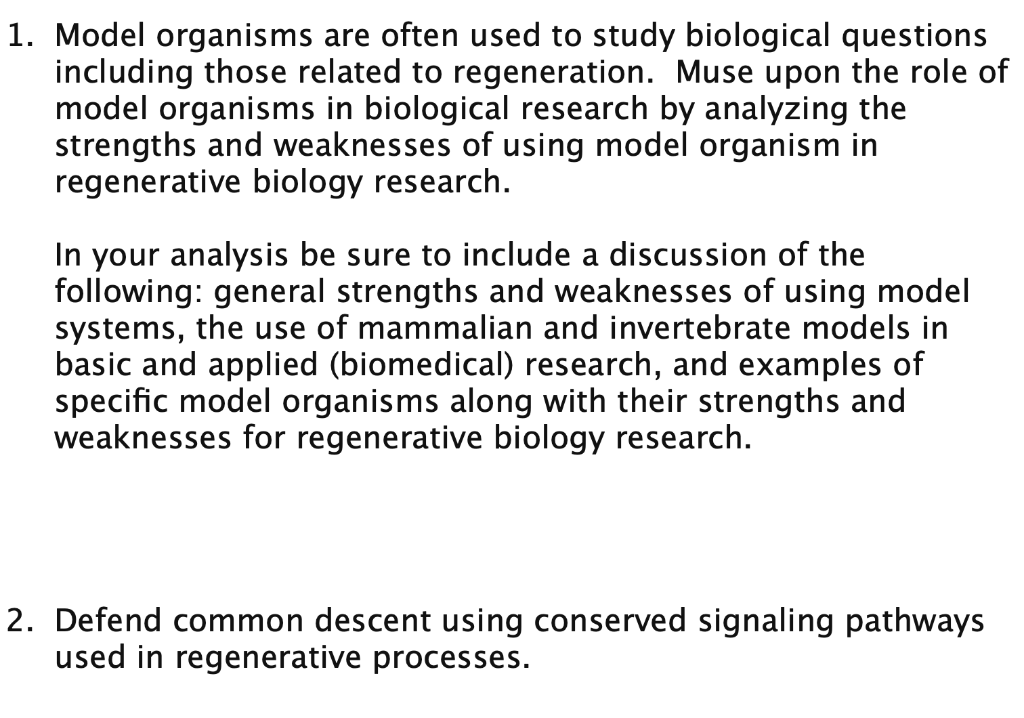
Solved 1 Model Organisms Are Often Used To Study Biologi Chegg Com

Model Organisms Biology Research Guide Research Guides At Columbia University
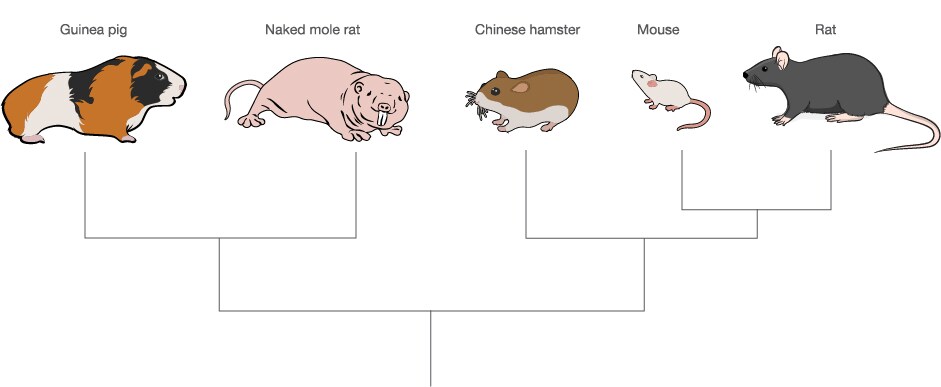
Naked And Unafraid A New Rodent Joins The Model Organism Family Behind The Bench

Transcriptional Regulation In Model Organisms Recent Progress And Clinical Implications Open Biology

Model Organisms In Rare Disease Research Grace Science Foundation

An Introduction To Model Organisms Of Development Ppt Download

The Next Top Model Organism Total Internal Reflection

Five Popular Model Organisms
Hydra As Long Lived Model Organism A Scheme Showing The Phylogenetic Download Scientific Diagram

Model Organisms In Genetics Authorstream

Model Organisms Pbs Learningmedia

Model Organisms A Love Letter To The Fly Flying Thru Science

History Of Model Organisms 978 613 1 6

Support Model Organism Databases Sgd

Gotta Study Em All Learn How Model Organisms Help Researchers Advance Human Health Genetics

4 Mice As Model Organisms W Jerome Mack Curioscity A Science Show

Prioritized List Of Model Organisms That The New Mom Task Group Download Scientific Diagram

Solved How Has The Use Of Model Organisms Advanced Our Kn Chegg Com

Fig 1 The Dominant Model Organisms Used A Time For Metabolism And Hormones Ncbi Bookshelf

Human Aging Model Systems Cells Yeast Worms Flies And Mice

Jmse Free Full Text Biobanking Of A Marine Invertebrate Model Organism The Sea Urchin

A Comparison Of Common Model Organisms Part 1 Nemametrix

Extavour Lab Developing Genomic Resources And Functional Genetic Tools For Emerging Model Organisms

What Is A Model Organism Biochemistry World

List Of Model Organisms In Genetics And Molecular Biology Pdf By Easy

Model Organism Wikipedia

Can I Use An Antibody Targeting A Human Protein In Another Model Organism

Comparison Of Four Model Organisms Download Table

Model Organisms For Biomedical Research Curriki Library

Model Organisms Facilitate Rare Disease Diagnosis And Therapeutic Research Genetics

Model Organisms In Genetics All You Need Is Biology
Q Tbn 3aand9gctpv3ahg0hnwnvorvv7enujp4p6el0fgnneflokccwkyaamlopk Usqp Cau

Model Organism Crispr Core

Model Systems Spectrum Autism Research News

Model Organisms In Biology Part 1 In Hindi Hindi Bioinformatics For Gate Biotechnology Unacademy

Small Brains Big Ideas The Value Of Model Organisms To Science Science In The News

Amazon Com Model Organisms Yeast As A Model Organism Vhs Lodish Harvey Movies Tv

Zebrafish As A Model Organism For Preclinical Studies Of Genetic Download Scientific Diagram

The Future Of Cell Biology Emerging Model Organisms Sciencedirect

Model Organisms Model Organism Important Features Of All Model Organisms Short Lifespan Small Easy And Inexpensive To Maintain Produce Large Ppt Download

Ontology Enabled Reasoning Across Phenotypes From Evolution And Model Organisms Phenoscape

The Natural History Of Model Organisms Genetic Evolutionary And Plant Breeding Insights From The Domestication Of Maize Elife

Common Model Organisms Used In Molecular Biology Andor Learning Centre Oxford Instruments
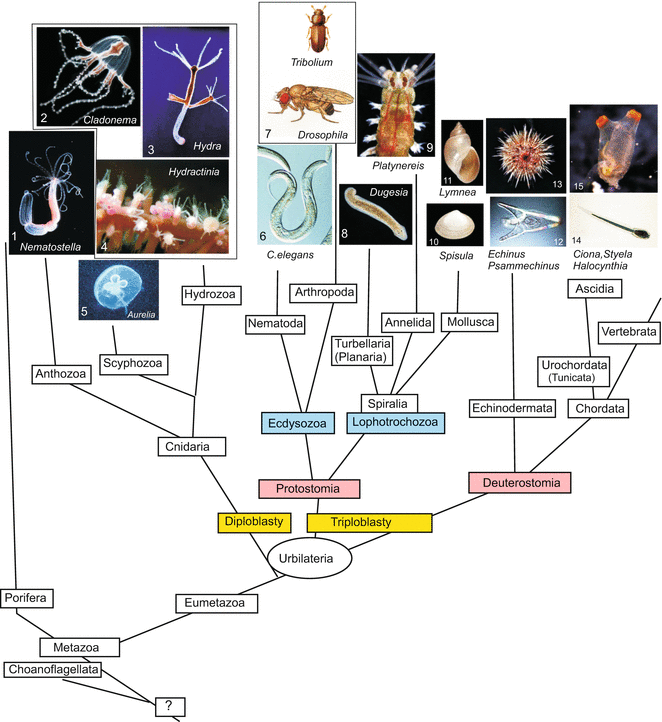
Model Organisms In Developmental Biology I Invertebrates Veterian Key

Animals Behind The Scenes Model Organisms

Comparison Of Four Model Organisms Download Table

File Emerging Model Organisms 1 Jpg Wikimedia Commons

Model Organisms In Science And Research Springerlink

Ppt Model Organisms Powerpoint Presentation Free Download Id 4654

Quiz Worksheet Using Model Organisms To Study Genetics Study Com

Non Model Model Organisms

Open Genetics Cubocube
Q Tbn 3aand9gcsjqha Yjolibqft9qnmayd9fkb9fackpucxn7wvkmdn6zchmdj Usqp Cau

The Very Model Of A Modern Research Organism Immunobites

Emerging Model Systems A Saturday Afternoon Ascb Subgroup Session

Crispr Gene Editing Creates Wave Of Exotic Model Organisms

Carolina Com Genetics Lesson Genetics Activities Genetics

Model Organisms

Plantae Community

Model Organisms In Biomedical Research

Model Organisms Zebrafish Modrn

Model Organisms

Sleep And Development In Genetically Tractable Model Organisms Genetics

Non Canonical Aging Model Systems And Why We Need Them The Embo Journal

Figure 2 From The Origin And Evolution Of Model Organisms Semantic Scholar

Model Organisms On Earth And In Space Genes In Space

New Genetic Tools For Non Model Organisms Janelia Research Campus

Animal Model Diversity In Neuroscience Harvard Neuro Blog

Of Mice And Model Organisms Cold Spring Harbor Laboratory

Ageing And Longevity Associated Genes In Model Organisms

Quantitative Proteomics Of Model Organisms Sciencedirect

Model Organisms Shank3 Gene Intellectual Ability

Model Organism Wikipedia

Model Organisms

What Are Model Organisms Facts Yourgenome Org

A Look At Nih Support For Model Organisms Part Two Nih Extramural Nexus

Emerging Model Microorganisms Take To The Stage

Model Organisms Youtube



